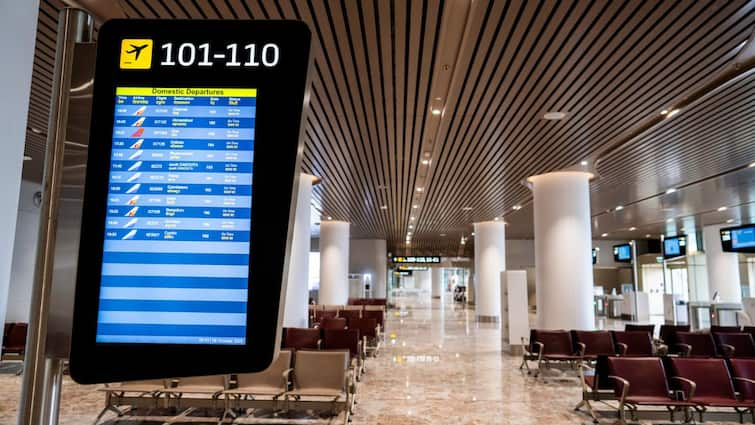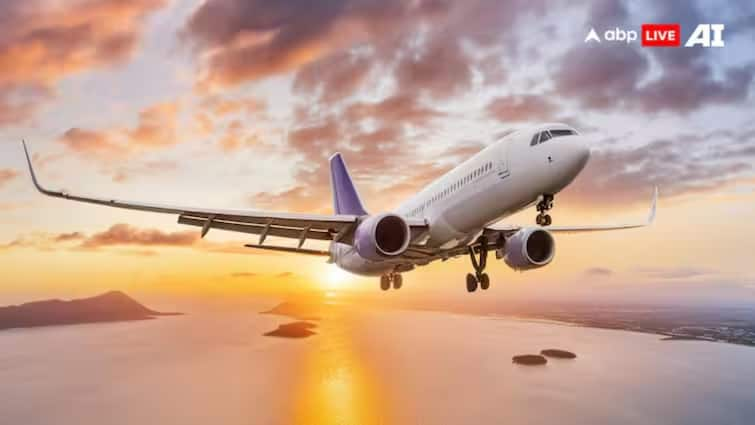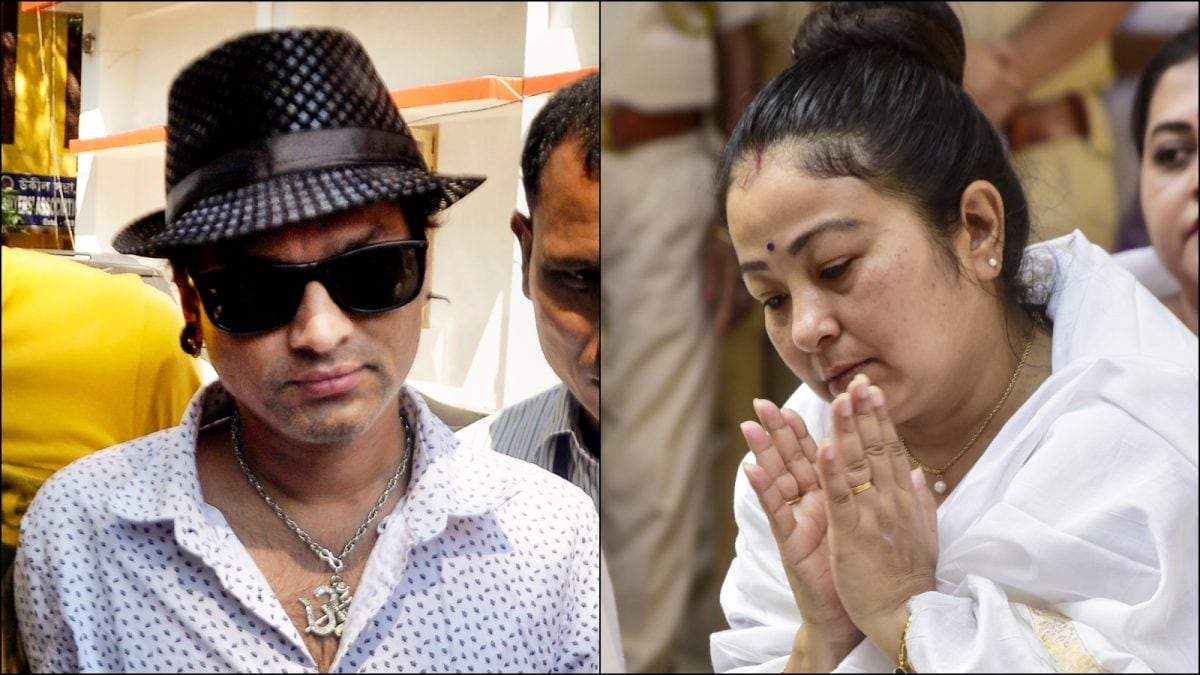Navi Mumbai International Airport Private Limited (NMIAL) is spearheading the development of the greenfield Navi Mumbai International Airport (NMIA) in Maharashtra.
Established as a Public-Private Partnership, NMIAL is 74 per cent owned by Mumbai International Airport Ltd. (a subsidiary of Adani Airports Holdings Ltd.) and 26 per cent by CIDCO (City and Industrial Development Corporation of Maharashtra Ltd.). The airport is designed to relieve congestion at Mumbai’s current airport and cater to rising passenger and cargo traffic in Western India, while boosting India’s global connectivity.
Location and Runway Infrastructure
NMIA is strategically located in Ulwe, Navi Mumbai, approximately 37 km from South Mumbai. Plans include two parallel ‘Code F’ runways, each 3,700 metres long and 60 metres wide. Passenger capacity will initially accommodate 20 million per annum (MPPA), with plans to expand to 90 MPPA in the final phase. Cargo handling is projected to grow from 0.5 million metric tonnes annually (MMTPA) to 3.2 MMTPA.
Terminals and Architectural Vision
The airport will feature four terminals once fully developed. Phase I comprises a single integrated terminal for domestic and international flights, covering 234,000 sqm and handling 20 MPPA. Terminal 2 will expand capacity to 50 MPPA, with Terminals 3 and 4 ultimately reaching 90 MPPA. The design draws inspiration from India’s national flower, the lotus, featuring sculptural columns that create a visually striking roof canopy and symbolise growth and innovation.
Passenger and Cargo Facilities
Terminal 1 will be equipped with 66 check-in counters, 22 self-baggage drop points, 29 aerobridges, and 10 bus boarding gates. The cargo terminal will include seven freighter stands and 49 truck docks, incorporating automated shipment tracking, semi-automated material handling, and temperature-controlled zones for pharmaceuticals and perishables. Specialised areas will manage dangerous goods, valuables, express cargo, and live animals.
Connectivity to Key Locations
NMIA will be connected to major industrial and transport hubs: 14 km from Jawaharlal Nehru Port Trust, 22 km from MIDC Taloja, 35 km from Mumbai Port Trust via the Mumbai Trans Harbour Link, 32 km from Thane, and 40 km from Bhiwandi, ensuring seamless integration with regional transport networks.
Technology and Passenger Experience
The airport will incorporate 5G-enabled operations, Digi Yatra contactless processing, IATA-standard baggage tracking, and IoT-based real-time monitoring. Terminal 1 will offer extensive F&B options, duty-free shopping, and digital convenience through the Adani OneApp. Cultural and art installations will provide an immersive experience for passengers.
Sustainability Measures
NMIA aims to be a model green airport, with 47 MW solar power generation, low-flow water fixtures, rainwater harvesting, wastewater reuse, electric vehicles for airside transport, automated internal people movers, and passive cooling through its lotus-inspired structures.
Certifications and Standards
The airport is expected to meet international benchmarks, including IATA Centre of Excellence for Independent Validators (CEIV), RA3, ACC3, TSA, Goods Distribution Practices (GDP), and Authorised Economic Operator (AEO) standards for cargo.
With its state-of-the-art facilities, sustainable design, and strategic location, Navi Mumbai International Airport is set to become a key aviation hub, easing congestion in Mumbai, enhancing global connectivity, and offering a modern, environmentally responsible travel experience.



